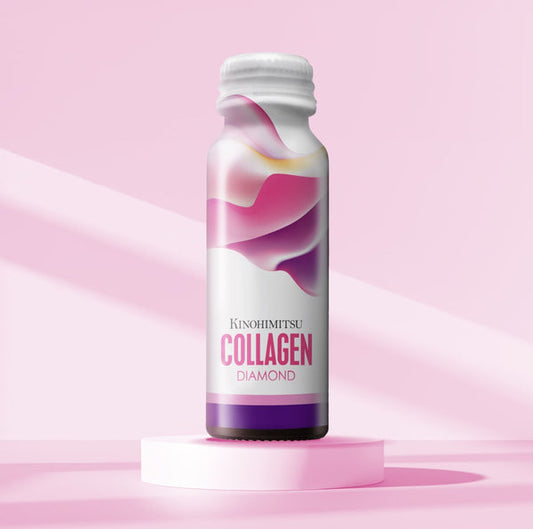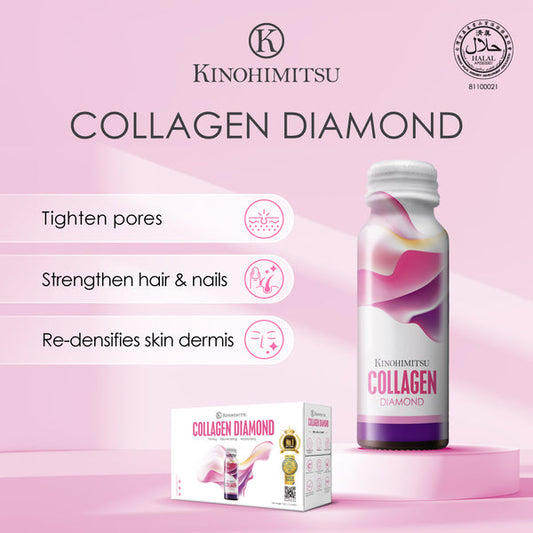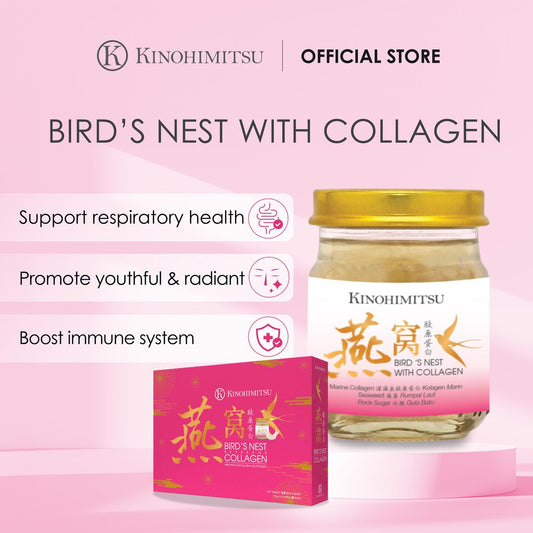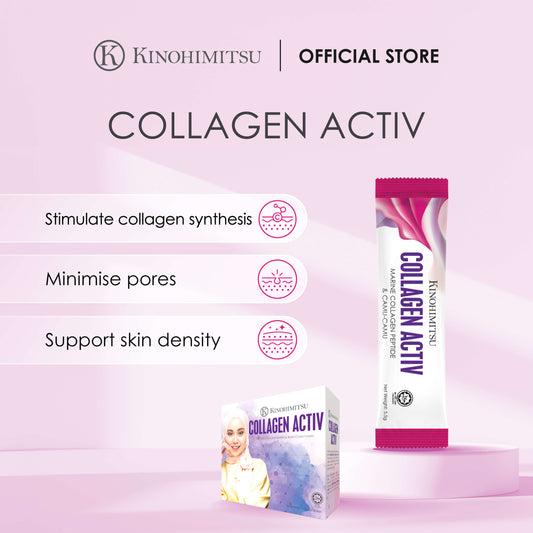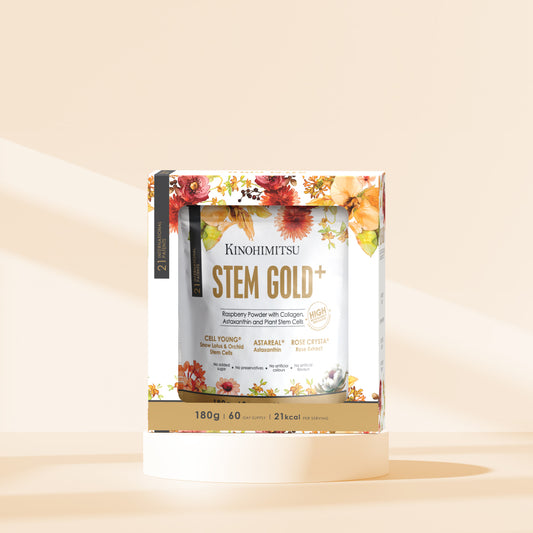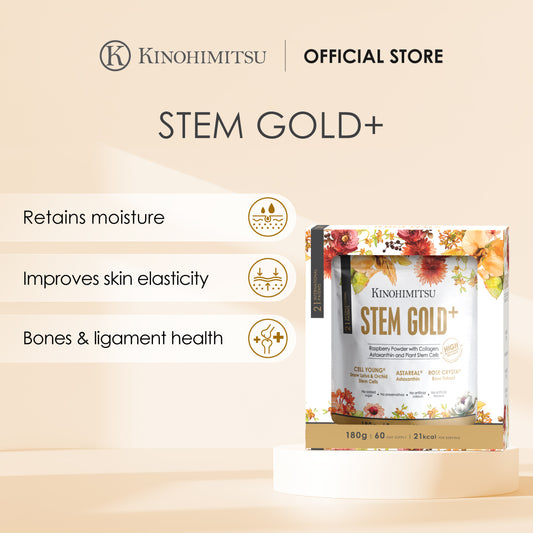
Unlocking Comfort: Your Guide to Understanding and Relieving Dry Eye Symptoms

Did you know that an estimated 5 million Americans over the age of 50 suffer from dry eye symptoms? This common yet often overlooked condition significantly impacts the quality of life for many individuals. Dry eye disease (DED) is characterized by a loss of homeostasis of the tear film, leading to inflammation and damage of the ocular surface. Symptoms can include persistent dryness, grittiness, and irritation, creating discomfort that interferes with daily activities such as reading, working on a computer, or even enjoying outdoor activities.
The American Academy of Ophthalmology highlights that dry eye symptoms not only cause physical discomfort but can also lead to decreased productivity and increased healthcare costs. Moreover, the prevalence of dry eye is rising, with studies indicating that nearly 50% of older adults experience some form of dry eye symptoms at some point in their lives. Factors contributing to this increase include aging, environmental influences, and lifestyle choices, such as prolonged screen time and the use of contact lenses.
Understanding the signs, causes, and available treatments is crucial for anyone experiencing these annoying symptoms. Recognizing early symptoms is vital, as timely intervention can prevent further complications. Whether you find yourself squinting at screens or battling red, irritated eyes, this guide will help you identify the factors contributing to your discomfort and discover effective relief strategies.
The consequences of untreated dry eye symptoms can be significant. Individuals may experience not just physical discomfort but also emotional distress due to the impact on their daily lives. In severe cases, chronic dry eye can lead to vision impairment and increased risk of eye infections, as the protective tear film is compromised.
Let’s dive into the world of dry eye symptoms and learn how to regain the comfort you deserve.
Embracing Relief from Dry Eye Symptoms
Recognizing and effectively managing dry eye symptoms is crucial for maintaining optimal eye health and enhancing your overall quality of life. By understanding the causes, identifying your symptoms, and implementing effective relief strategies, you can take a proactive approach to your eye care.
Exploring Innovative Solutions for Dry Eye Relief
In addition to the strategies mentioned above, consider incorporating Kinohimitsu JellyBoost Lutein into your daily routine. This trendy supplement offers functional benefits that complement your efforts to manage dry eye symptoms.
Benefits of Kinohimitsu JellyBoost Lutein:
- Relieve eye strain: Ideal for individuals who spend long hours in front of screens, this supplement helps alleviate discomfort associated with prolonged digital exposure.
- Alleviate dry eye symptoms: The ingredients in JellyBoost Lutein support eye moisture and overall health, providing additional relief for dry eye sufferers.
- Improve visual acuity and clarity: Enhanced clarity of vision is vital for daily activities and overall quality of life.
- Enhance overall eye health: Ingredients like lutein and zeaxanthin protect against harmful blue light, supporting long-term eye health .
"Explore the benefits of Kinohimitsu JellyBoost Lutein to support your eye health and relieve dry eye symptoms."
Unique Selling Proposition (USP):
- Only 12 kcal per sachet with 2.6g of sugar, making it a guilt-free choice.
- Trendy supplement with great taste and functional benefits.
- Smooth, jelly-like texture for easy consumption—perfect for on-the-go lifestyles.
Innovative Technology:
- Proprietary Technology: Ensures a high retention rate of active ingredients, maximizing the supplement's effectiveness.
- Patent-Protected Innovation: Kinohimitsu JellyBoost Lutein boasts three international patents (Taiwan, Japan, China), showcasing its unique formulation and advanced manufacturing process .
- Light-weight and convenient: Each sachet fits easily into your pocket, making it a convenient option for busy individuals.
- Contains no preservatives: Offers a healthy snack alternative without added chemicals.
Recommended for Those Who:
- Trendsetters: Always one step ahead in the beauty game, looking for effective supplements to enhance their wellness routine.
- Social enthusiasts: Engaging with friends and family often, needing to maintain eye comfort during gatherings and activities.
- Contact lens wearers: Those who experience additional discomfort from dry lenses.
- Convenient seekers: Those who prefer easy-to-take supplements that fit into their fast-paced lifestyles.
- Digital natives: Individuals who spend considerable time on digital devices, needing protection from eye strain and discomfort.
- Binge-watchers/Gamers: A demographic that often experiences prolonged periods of eye strain, making a supplement like JellyBoost Lutein a valuable addition to their routine.
Key Ingredients of Kinohimitsu JellyBoost Lutein
Kinohimitsu JellyBoost Lutein focuses on powerful ingredients that promote and maintain eye health by protecting against blue light exposure and oxidative stress:
- Lutein & Zeaxanthin (from Marigold Extract)
-Protect the retina from harmful blue light and UV rays.
-Improve visual sharpness and reduce eye strain. - Bilberry Extract
-Rich in anthocyanins, which enhance microcirculation and protect retinal cells.
-Helps combat eye fatigue, especially for screen users and gamers. - Red Algae Astaxanthin
-A potent antioxidant with anti-inflammatory properties.
-Supports the reduction of oxidative stress and helps maintain healthy vision. - Vitamin E
-Shields the eyes from oxidative damage caused by free radicals.
-May improve visual function in individuals with age-related eye conditions. - Elderberry Extract
-Contains antioxidants that protect cells from damage and support overall eye health. - Wolfberry (Goji Berry) Extract
-Known for supporting healthy vision and slowing macular degeneration.
This blend of key ingredients ensures Kinohimitsu JellyBoost Lutein is both a functional and convenient supplement for eye care, helping to relieve eye fatigue, improve visual clarity, and protect against environmental stressors.
Usage
To enjoy the benefits of Kinohimitsu JellyBoost Lutein, simply tear and consume. The recommended dosage is 1 to 2 sachets a day. This ease of use makes it a convenient option for those looking to enhance their eye health without fuss.
What are Dry Eye Symptoms?
Dry eye syndrome is a prevalent condition that occurs when your eyes fail to produce enough tears or when the tears evaporate too quickly. This inadequate lubrication can lead to a range of discomforting symptoms, affecting daily life and overall well-being.
Understanding Dry Eye Syndrome
The primary function of tears is to keep the surface of the eye lubricated, provide nutrients, and help protect against infections. When this system is disrupted, individuals may experience persistent dryness, leading to irritation and potential damage to the eye's surface.
Recognizing the Symptoms of Dry Eye Syndrome
Identifying the symptoms of dry eye syndrome is vital for seeking appropriate relief and maintaining good eye health. Common symptoms include:
- Persistent Dryness: A continuous sensation of dryness that does not improve throughout the day.
- Grittiness or Scratchiness: Many individuals describe this feeling as akin to having sand in their eyes, which can be uncomfortable and distracting.
- Red or Irritated Eyes: This symptom can lead to increased discomfort and affect one's appearance .
- Sensitivity to Light: Bright lights can become uncomfortable or painful for those suffering from dry eye syndrome.
- Blurry Vision: Fluctuating clarity of vision can occur, particularly after extended periods of focusing .
The Importance of Diagnosis
If you suspect you have dry eye syndrome, it's essential to consult a healthcare professional. An accurate diagnosis can lead to effective management strategies. Common diagnostic tests include:
- Schirmer Test: This test measures tear production by placing a small strip of paper in the eye to see how much moisture is absorbed over a specific period .
- Tear Break-Up Time (TBUT): This test assesses how long the tear film remains intact on the eye's surface before breaking up, providing insight into the stability of your tear film .
Effective Relief Strategies for Dry Eye Syndrome
Addressing dry eye syndrome requires a multi-faceted approach that may include:
Lifestyle Modifications
- Stay Hydrated: Drinking enough water throughout the day helps maintain tear production.
- Limit Screen Time: Adopting the 20-20-20 rule—looking at something 20 feet away for 20 seconds every 20 minutes—can help reduce eye strain and encourage more frequent blinking .
- Humidify Your Environment: Using a humidifier in dry environments can add moisture to the air, benefiting your eyes.
Use of Artificial Tears
- Artificial Tears: Over-the-counter lubricating eye drops can provide immediate relief by supplementing the natural tear film. Opt for preservative-free formulas if you need to use them frequently .
Prescription Options
- If over-the-counter solutions do not provide adequate relief, prescription medications or treatments, such as anti-inflammatory medications and punctal plugs, may be necessary .
Identifying the Signs of Dry Eye
The primary symptoms of dry eye can vary in intensity and can be mistaken for other eye conditions. Here are some key signs to watch for:
- Persistent dryness: A feeling of dryness that doesn’t go away can be frustrating. This sensation often worsens with activities that require prolonged focus, such as reading or using electronic devices.
- Grittiness or scratchy sensation: Many people describe this feeling as akin to having sand in their eyes. This symptom can be particularly bothersome, especially in dry or windy environments.
- Red or irritated eyes: Increased redness often accompanies discomfort, making it difficult to engage in social activities. The eyes may also appear inflamed or swollen.
- Sensitivity to light: Discomfort or pain in bright environments can make it challenging to perform everyday tasks. Individuals with dry eyes often find themselves squinting or avoiding well-lit areas.
- Blurry vision: A fluctuation in clarity that might worsen throughout the day is a common complaint. This symptom can interfere with activities like driving, reading, or working on a computer.
Causes of Dry Eye Symptoms
Understanding what leads to dry eye symptoms can help manage and prevent the condition. Some of the primary causes include:
- Environmental factors: Air pollution, allergens, and dry, windy weather can exacerbate symptoms. Indoor heating and air conditioning can also reduce humidity levels, worsening dry eye discomfort.
- Lifestyle choices: Prolonged exposure to screens can significantly reduce blinking frequency, leading to dry eyes. Additionally, contact lens wear can contribute to irritation and discomfort, especially if lenses are not cleaned or replaced regularly.
- Health-related issues: Aging reduces tear production and quality, making dry eye more prevalent in older adults. Conditions like Sjögren's syndrome, rheumatoid arthritis, and diabetes can also affect tear glands, leading to dry eye symptoms.
Risk Factors for Developing Dry Eye Symptoms
Certain factors can increase the likelihood of experiencing dry eye symptoms:
- Age and gender considerations: Older adults, particularly women, may be more susceptible due to hormonal changes. A study indicated that 60% of women over 50 experience some form of dry eye symptoms.
- Hormonal changes: Changes during pregnancy or menopause can influence tear production, making women more vulnerable to dry eye symptoms during these life stages.
- Medication side effects: Some medications, including antihistamines, antidepressants, and diuretics, may contribute to dry eye symptoms .
Diagnosing Dry Eye Symptoms
If you suspect you have dry eye symptoms, a visit to a healthcare professional is essential for an accurate diagnosis. Common diagnostic tests include:
- Schirmer test: This test measures tear production by placing a small strip of paper under your lower eyelid to see how much it moistens over a specific period.
- Tear break-up time: This assessment examines the stability of your tear film by using fluorescein dye to measure how quickly tears evaporate .
- Ocular surface staining: This method uses dyes to highlight damaged areas on the surface of your eye, providing a visual indication of dryness and irritation.
Effective Relief Strategies for Dry Eye Symptoms
There are several strategies to relieve dry eye symptoms effectively:
Lifestyle Modifications
Making some simple lifestyle changes can alleviate dry eye symptoms. Consider the following adjustments:
- Stay Hydrated: Ensure you drink ample water throughout the day to keep your body and eyes hydrated. Aim for at least 8 cups (2 liters) of water daily, adjusting based on your activity level and environment .
- Limit Screen Time: Take regular breaks from screens using the 20-20-20 rule—every 20 minutes, look at something 20 feet away for 20 seconds. This practice can help reduce digital eye strain and encourage blinking.
- Humidify Your Environment: Use a humidifier, especially during dry seasons, to add moisture to the air. This can be particularly helpful during winter months when indoor heating tends to dry out the air .
- Wear Protective Eyewear: Sunglasses or blue light-blocking glasses can help shield your eyes from wind, glare, and digital screens, reducing discomfort.
- Adjust Your Workspace: Position your computer screen slightly below eye level and ensure proper lighting to minimize glare. Taking frequent breaks can also help reduce eye strain .
Use of Artificial Tears
Artificial Tears and Lubricating Eye Drops
Artificial tears, also known as lubricating eye drops, are a cornerstone in the management of dry eye symptoms, providing essential moisture and comfort. These products are designed to mimic natural tears and can be a vital tool for individuals suffering from various forms of dry eye, whether due to environmental factors, prolonged screen time, or underlying health conditions.
Importance of Artificial Tears
The primary function of artificial tears is to supplement the natural tear film that lubricates the eyes, alleviating symptoms such as dryness, irritation, and grittiness. By restoring moisture to the ocular surface, these drops can significantly improve comfort and functionality for those affected by dry eye syndrome. Additionally, they can help protect the corneal surface from potential damage caused by insufficient tear production or quality.
Choosing the Right Artificial Tears
When selecting artificial tears, it’s essential to consider the following aspects to ensure optimal relief:
- Choose Preservative-Free Options:
For individuals requiring frequent application of eye drops, preservative-free formulations are highly recommended. Preservatives in some eye drops can lead to further irritation and may exacerbate dry eye symptoms, especially with frequent use . Many brands now offer preservative-free options that come in single-use vials or multi-dose bottles with advanced dispensing systems to prevent contamination. - Consult Your Eye Care Provider:
Seeking advice from an eye care professional can be invaluable. An optometrist or ophthalmologist can provide personalized recommendations based on your specific symptoms and underlying conditions. They can help you navigate the various formulations available, such as gels or thicker drops for prolonged relief, and recommend the most suitable product for your needs . This tailored approach ensures that you are using the most effective solution to manage your dry eye symptoms. - Consider Ingredients:
Many artificial tears contain additional ingredients aimed at enhancing comfort and effectiveness. For instance, drops that include hyaluronic acid provide extra hydration and viscosity, offering longer-lasting relief. Others may contain electrolytes that help support the health of the ocular surface. Understanding these components can help users select drops that align with their specific needs . - Evaluate the Frequency of Use:
For individuals with mild symptoms, over-the-counter artificial tears may suffice. However, those with more severe dryness may benefit from prescription eye drops that contain anti-inflammatory properties or additional lubricating agents. Regular follow-up with an eye care provider can ensure that your treatment plan evolves with your condition . - Be Aware of Side Effects:
While artificial tears are generally safe, it is important to be mindful of potential side effects, such as transient blurred vision immediately after installation or a burning sensation. If these symptoms persist or worsen, it may indicate the need for a different formulation
How to Use Artificial Tears Effectively
To maximize the benefits of artificial tears, consider the following usage tips:
- Follow the Recommended Dosage: Adhere to the guidance provided on the packaging or by your eye care provider regarding how many times to apply the drops each day.
- Proper Instillation Technique: Tilt your head back slightly, pull down the lower eyelid, and squeeze the dropper gently to release the appropriate amount of solution. Avoid touching the dropper tip to your eye or any surfaces to prevent contamination.
- Close Your Eyes After Application: This allows the drops to spread evenly across the eye’s surface, providing better lubrication and comfort.
- Store Properly: Keep artificial tears at room temperature and away from direct sunlight to preserve their efficacy.
By incorporating artificial tears into your daily eye care routine, you can manage dry eye symptoms effectively, enhancing your overall eye health and comfort.
Consider Prescription Options
If over-the-counter solutions do not provide adequate relief, it may be time to explore prescription options. Some treatments available include:
- Anti-inflammatory medications: These can reduce inflammation and increase tear production, providing longer-lasting relief.
- Punctal plugs: Small devices inserted into tear ducts to help retain tears on the surface of the eye, preventing them from draining too quickly .
- Prescription eye drops: Medications like cyclosporine A (Restasis) or lifitegrast (Xiidra) can help increase tear production and reduce inflammation .
When to Seek Professional Help

While mild dry eye symptoms can often be managed with home remedies, it's vital to know when to seek medical attention. Watch for warning signs such as:
- Prolonged discomfort that does not improve with over-the-counter solutions.
- Severe redness or irritation.
- Persistent blurry vision.
By being aware of your symptoms and seeking timely medical advice, you can effectively manage dry eye symptoms and maintain optimal eye health .
Conclusion: Empowering Your Eye Health Journey
By staying informed and proactive, you can successfully navigate the challenges associated with dry eye symptoms. Remember that eye health is essential, and prioritizing it can make a significant difference in your daily life.
For comprehensive resources on eye health and dry eye management, consider visiting the American Academy of Ophthalmology and explore products like Kinohimitsu JellyBoost Lutein for added support. By recognizing the signs of dry eye early and implementing effective strategies, you can reclaim your comfort and improve your overall quality of life.
Final Thoughts
Understanding dry eye symptoms, their causes, and available treatments empowers you to take control of your eye health. With a proactive approach and innovative solutions like Kinohimitsu JellyBoost Lutein, you can ensure your eyes remain refreshed and ready to face the demands of your daily life. Don’t let dry eyes hold you back—explore these options and embrace the comfort and clarity you deserve.

